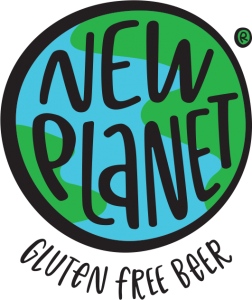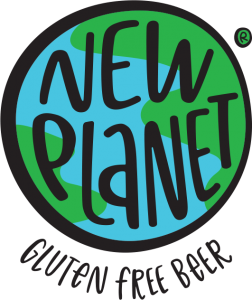 Have you recently cut gluten out of your diet due to Celiac’s Disease or a gluten sensitivity? In creating lists of gluten-free foods you can eat and carefully checking labels at the grocery store, it’s not uncommon for those who have recently started living a gluten-free lifestyle to inadvertently forget about other places gluten may be hiding in their daily routine. Here are some hidden sources of gluten that are frequently overlooked:
Have you recently cut gluten out of your diet due to Celiac’s Disease or a gluten sensitivity? In creating lists of gluten-free foods you can eat and carefully checking labels at the grocery store, it’s not uncommon for those who have recently started living a gluten-free lifestyle to inadvertently forget about other places gluten may be hiding in their daily routine. Here are some hidden sources of gluten that are frequently overlooked:
- Your Kitchen Countertops — You’ve just pulled out all of the ingredients to make yourself a delicious gluten-free meal. You’re about to put some of the ingredients you’ll be cooking with down on the counter when you spy some bread crumbs lurking from a sandwich your spouse made earlier. If others living in your household haven’t adopted a gluten-free diet, avoid cross-contaminating your gluten-free meals and snacks by wiping down your kitchen countertops before you start cooking.
- Your Wood Cutting Boards and Wooden Spoons — Wood is porous, so even if it comes into contact with food containing food and you wash it, traces of gluten might still get left behind. If you own wood cutting boards or wooden spoons that have come into contact with foods containing gluten, it’s best to replace them with new ones and label them so others living in your household don’t accidentally contaminate them while cooking.
- Your Toaster — Here’s another common place cross-contamination occurs. Taking your toaster apart and cleaning out all of the bread crumbs isn’t a practical option. Even if it was, bread crumbs that are lodged in the spring mechanism could still come loose and contaminate your gluten-free bread once it’s been completely toasted and pops up. Buy yourself a new toaster, and, once again, make sure that you label it so that others living in your household don’t accidentally contaminate it with gluten.
- Your BBQ Grill — Before you start barbecuing your next meal, carefully clean out your grill. Make sure that the grates are clean before you start grilling a gluten-free meal. If that’s not an option, prevent cross-contamination by grilling your gluten-free food on aluminum foil.
- In Jars or Tubs of Peanut Butter, Jam, Mayo, Butter, or Relish. Unless you’ve instituted a “no double dipping” rule in your household, chances are a knife that has come in contact with breads containing gluten has also made it into various jars and tubs of condiments. You have two options: either institute a rule in your household eliminating double-dipping, or buy separate condiments that are for your use only.
- Gum — Gum seems like the last place you’d find gluten, right? Unfortunately, some chewing gums are dusted with flour to prevent them from sticking to their wrappers, and most companies don’t list this on the label. Protect yourself by chewing a gluten free gum like Wrigley’s EXTRA® Peppermint.
- Your Medicine — Just like some brands of gum, some pills are also dusted with flour before they’re packaged. Some inactive ingredients — or fillers — that are added to prescription or over-the-counter medications can also come from starch sources like wheat or potatoes. Before you purchase a medication, ask a pharmacist if it could contain gluten, or contact the manufacturer.
Thought of a hidden source of gluten we didn’t mention above? Share it with us by commenting below!




I have noticed the ingredients modified food starch and maltodextrin cause a reaction, the food industry claims that the wheat is “processed out” my body says different.
All modified food starch is made from wheat. If it states corn or potato, your safe. All malt is made from wheat. So if it says malt, malto, it’s wheat!